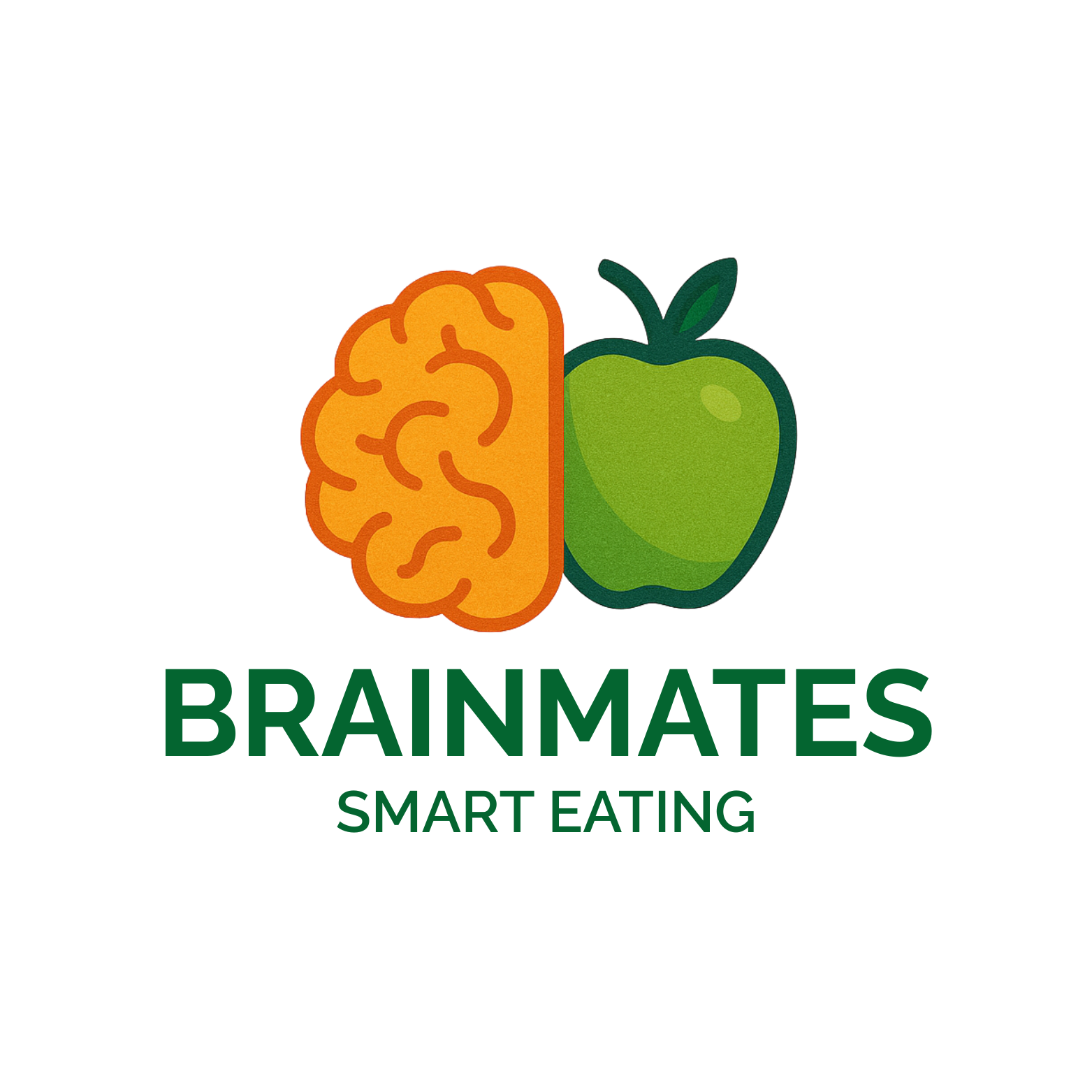As humans, we all have our own unique set of beliefs and attitudes. These beliefs and attitudes can shape our thoughts, emotions, and behaviors. One such belief is the fixed mindset, which can limit our potential for growth and success.
A fixed mindset is the belief that talents and abilities are innate and cannot be improved through effort and experience. Those with a fixed mindset may avoid challenges, give up easily, and feel threatened by the success of others. This can lead to a lack of motivation, low self-esteem, and a fear of failure. However, a growth mindset, which is the belief that talents and abilities can be developed through dedication and hard work, can help individuals overcome these limitations and achieve their full potential.
In this article, we will explore fixed mindset examples and how they can impact our lives. We will also discuss the benefits of developing a growth mindset and provide tips for cultivating this mindset in ourselves and others. By the end of this article, we hope to provide you with valuable insights into the power of mindset and inspire you to embrace a growth mindset for your own personal and professional development.
Defining Fixed Mindset for Explaining Fixed Mindset Examples
Fixed mindset is a belief that one’s abilities and qualities are fixed traits that cannot be changed. Individuals with a fixed mindset believe that their intelligence, talents, and personality are predetermined and cannot be developed or improved upon. This type of mindset can lead to a fear of failure and a lack of motivation to learn and grow.
Characteristics of a Fixed Mindset
People with a fixed mindset tend to have certain characteristics that distinguish them from those with a growth mindset. These include:
- Believing that talent alone leads to success, not effort
- Giving up easily when faced with obstacles or challenges
- Avoiding challenges that may lead to failure
- Ignoring feedback or criticism
- Feeling threatened by the success of others
These characteristics can lead to a self-fulfilling prophecy, where individuals with a fixed mindset limit themselves and fail to reach their full potential.
Contrast with Growth Mindset
In contrast, individuals with a growth mindset believe that their abilities and qualities can be developed through hard work, dedication, and perseverance. They embrace challenges as opportunities to learn and grow, and view failure as a chance to improve and try again. They seek out feedback and criticism as a means to improve, and are inspired by the success of others.

By understanding the characteristics of a fixed mindset and the contrast with a growth mindset, we can begin to identify fixed mindset examples in our own lives and work towards developing a growth mindset. It’s important to remember that changing our mindset is not an overnight process, but rather a journey that requires patience, persistence, and a willingness to learn and grow.
Fixed Mindset in Education: Fixed Mindset Examples in Learning
As we explore the concept of fixed mindset, it becomes clear how it can impact learning in educational settings. In this section, we will examine some of the fixed mindset examples that can be observed in students’ attitudes toward learning, as well as the influence that teachers can have on their mindset.

Student Attitudes Toward Learning
One of the most common examples of fixed mindset in education is the belief that intelligence is a fixed trait that cannot be developed. Students who hold this belief may avoid challenges and give up easily when faced with difficult tasks. They may also view mistakes as failures rather than opportunities for growth.
To combat this fixed mindset, teachers can encourage a growth mindset by emphasizing the importance of effort and perseverance. They can also provide opportunities for students to learn from their mistakes and develop a sense of resilience.
Teacher Influence on Mindset
Teachers also play a crucial role in shaping students’ mindsets. Teachers who believe in the potential for growth and development can inspire their students to adopt a growth mindset as well. On the other hand, teachers who have a fixed mindset themselves may inadvertently reinforce a fixed mindset in their students.
To promote a growth mindset in their students, teachers can model a growth mindset themselves. They can also provide feedback that emphasizes effort and progress rather than innate ability. Additionally, teachers can create a classroom environment that encourages risk-taking and exploration.
In conclusion, fixed mindset examples in education can have a significant impact on students’ learning and development. By promoting a growth mindset, teachers can help their students to develop a love of learning and a sense of resilience that will serve them well throughout their lives.
Fixed Mindset examples in the Workplace: how to get through the fixed mindset
As we have seen, a fixed mindset can be detrimental to personal and professional growth. In the workplace, a fixed mindset can lead to a lack of innovation, low morale, and poor performance. However, there are ways to get through the fixed mindset and promote growth and development.
Employee Response to Challenges
Employees with a fixed mindset may be resistant to change and may struggle with challenges. They may view failure as a reflection of their abilities rather than an opportunity to learn and grow. As a result, they may be hesitant to take on new projects or responsibilities.
To help employees overcome a fixed mindset, it is important to provide them with opportunities to learn and grow. This can include training programs, mentoring, and coaching. It is also important to provide employees with regular feedback and recognition for their achievements. By focusing on their strengths and accomplishments, employees can build confidence and develop a growth mindset.

Leadership and Team Dynamics
Leaders and managers play a critical role in promoting a growth mindset in the workplace. They can do this by setting clear expectations, providing regular feedback, and encouraging employees to take risks and learn from their mistakes. Leaders can also foster a culture of innovation by encouraging collaboration and creativity.
Team dynamics can also play a role in promoting a growth mindset. By creating a supportive and collaborative environment, team members can learn from each other and build on each other’s strengths. This can help to break down silos and promote cross-functional learning.
In summary, a fixed mindset can be a major obstacle to personal and professional growth in the workplace. However, by providing employees with opportunities to learn and grow, and by fostering a culture of innovation and collaboration, organizations can overcome the fixed mindset and promote growth and development.
Personal Relationships and Fixed Mindset Examples in Personal Partnerships
When it comes to personal relationships, having a fixed mindset can create communication barriers and make it difficult to handle conflicts. In this section, we will discuss some common fixed mindset examples that can arise in personal partnerships and how they can impact the relationship.
Communication Barriers
One common fixed mindset example that can create communication barriers is the belief that one’s partner should just “know” what they want or need without having to communicate it directly. This can lead to frustration and misunderstandings, as the partner may not be aware of what the other person wants or needs.
Another fixed mindset example is the belief that one’s partner should always agree with them or share the same opinions and beliefs. This can create tension and conflict when the partners have differing views on certain topics.
To overcome these communication barriers, it is important to adopt a growth mindset and be open to communicating directly and honestly with one’s partner. Active listening and empathy can also help to create a more open and understanding communication environment.

Handling Conflict
Fixed mindset examples can also make it difficult to handle conflicts in personal partnerships. For example, the belief that one’s partner is always to blame for conflicts can prevent individuals from taking responsibility for their own actions and contributing to the resolution of the conflict.
Another fixed mindset example is the belief that conflicts are a sign of a bad relationship or that they cannot be resolved. This can create a negative cycle of conflict and avoidance, leading to further problems in the relationship.
To handle conflicts in a healthy way, it is important to adopt a growth mindset and view conflicts as opportunities for growth and learning. This involves taking responsibility for one’s own actions, actively listening to one’s partner, and working together to find a mutually beneficial solution.
Overall, personal relationships can be greatly impacted by fixed mindset examples. By adopting a growth mindset and working together to overcome communication barriers and handle conflicts, individuals can create stronger and more fulfilling partnerships.
Overcoming a Fixed Mindset
When we recognize that we have a fixed mindset, the next step is to take action to overcome it. In this section, we will discuss two key strategies for changing our mindset: self-awareness and reflection, and specific strategies for mindset change.
Self-Awareness and Reflection
One of the first steps in overcoming a fixed mindset is to become aware of our own thought patterns. By reflecting on our thoughts and beliefs, we can identify areas where we may have a fixed mindset and begin to challenge those beliefs. This can involve asking ourselves questions such as:
- Do I believe that my abilities are fixed, or can they be developed?
- Am I afraid to try new things because I might fail?
- Do I avoid challenges because I don’t want to look foolish?
By becoming more aware of our own thought patterns, we can begin to challenge our fixed mindset and develop a growth mindset.
Strategies for Mindset Change
Once we have identified areas where we have a fixed mindset, we can begin to take action to change our mindset. Here are some strategies that can help:
- Embrace challenges: Rather than avoiding challenges, seek them out. This can help you develop a growth mindset and build confidence in your abilities.
- Focus on effort: Rather than focusing on natural ability or talent, focus on the effort you put into a task. This can help you develop a growth mindset and see that hard work can lead to success.
- Learn from failure: Rather than seeing failure as a reflection of your abilities, see it as an opportunity to learn and grow. This can help you develop a growth mindset and become more resilient.
- Surround yourself with growth-minded people: Seek out people who have a growth mindset and who can support you in your efforts to change your own mindset.
By using these strategies, we can begin to change our fixed mindset and develop a growth mindset. This can help us achieve our goals and reach our full potential.
Frequently Asked Questions
FAQ Nr. 1 about fixed mindset examples: What are common characteristics of a fixed mindset in educational settings?
In educational settings, a fixed mindset typically manifests as a belief that intelligence and abilities are innate and cannot be improved. Students with a fixed mindset tend to avoid challenges, give up easily when faced with obstacles, and feel threatened by the success of others. They may also seek validation from their peers and teachers rather than focusing on their own growth and development. This can lead to a lack of motivation and a fear of failure, which can ultimately hinder academic progress.
FAQ Nr. 2 about fixed mindset examples: How can a fixed mindset manifest in workplace behaviors?
In the workplace, a fixed mindset can manifest as a resistance to change and a reluctance to take on new challenges. Employees with a fixed mindset may be less likely to seek out feedback and may struggle to work collaboratively with others. They may also be more likely to avoid taking risks and may feel threatened by the success of their colleagues. This can ultimately hinder career growth and limit professional development opportunities.
FAQ Nr. 3 about fixed mindset examples: Can you provide sentences that illustrate a fixed mindset?
Sure, here are some examples of sentences that illustrate a fixed mindset:
- “I’m just not good at math, so there’s no point in trying.”
- “I’m not even going to bother applying for that job. I’ll never get it anyway.”
- “I can’t believe he got promoted. I’ve been here longer and I’m way more qualified.”
- “I’m not going to ask for help. If I can’t figure it out on my own, I must not be smart enough.”
These types of statements demonstrate a belief that abilities are fixed and cannot be improved through effort or experience. By contrast, a growth mindset is characterized by a belief in the possibility of self-development through effort and experience.
| fixed mindset examples |






